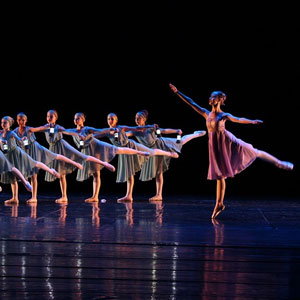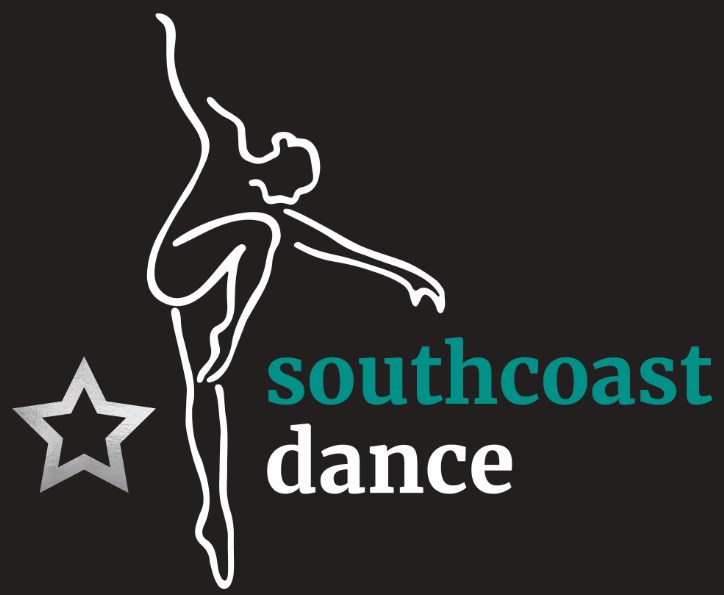
The Impact of Choreography and Music in Dancing
December 12, 2017Dancing is a combination of various steps and movements set to music. While the dancer’s level of prowess heavily influences the quality of the dance, you should never underestimate the impact of choreography and music on it. This holds true for all dancing even when it is just for fun and not on a performance or competition level. Even though you can still do the same steps and movements without either, they will not be cohesive in nature or stir the emotions of onlookers without both of these elements.
Music’s Role in Dancing
Music plays a major role in dancing. It determines whether the movements need to be dramatic, playful or smooth and graceful. In a performance or competition setting, dance often tells some type of story through its series of movements, music and costumes. The music must fit the theme for the story to help the dancers tell their tale through dance. Dark, serious musical tones or pieces will be ideal for a serious scenario. Light, whimsical music adds to the telling of a love story or another happy tale.
Music can make spirits soar, create a feeling of mystery in the air or drive the audience to tears when it is expertly mixed with the right dance steps. Just think about how many times music has stirred emotions in your own life to understand this point. You even may have danced around your house or found yourself tapping your foot to music at work or other places.
How Choreography Affects Dancing
Choreography is the process of designing the dance steps to correspond with specific styles of dances or to create continuity throughout a performance such as the kind that are put on by a ballet company. Without the choreographic process, dancing can be chaotic and lack fluidity. Also, the choreographer needs to ensure that the series of dance steps that he or she designs is in rhythm to the music at all times. This prevents the dancing from being out of sync. Normally, there are the following four stages of this choreographic process:
- Deciding on the music for the dance
- Detailing the necessary movements
- Allotting which movements go with which phase of the dance
- Creating the final dance structure.
For further facts about the impact of choreography and music on dance, come to the Southcoast Dance School. We have served our community since 1990. Our school offers instruction for children and adults in a wide assortment of dances that range from classical ballet to Zumba. Whether you desire to learn dance just for fun and exercise or to explore a career in it, we are the school for you.
Optimized by NetwizardSEO.com.au
Posts 2018
Posts 2017
- The Impact of Choreography and Music in Dancing
- Contemporary Dance Styles and Techniques
- Southcoast Dance School: Helping You Set and Achieve Your Dance Goals
- Why It's Never Too Late To Start Dancing
- Hip Hop Dance: From the Streets to Global Recognition
- Reasons Why Dancing Can Help Relieve Stress
- Tap Dancing Classes: The History of Tap Dance
- History of Jazz Dance
- Enhance Your Child's Natural Dance Talent with Dance Lessons and Training
- The Southcoast Dance School Experience: Encouraging Children to Reach Their Dreams
- Why Mature Adults and Seniors Should Participate in Zumba Fitness
- The Positive Effects of Kinder Dance Lessons for Children
- Health and Emotional Benefits of Taking up Dancing Lessons
- The Edgy and Complex Beats of Hip Hop Dancing Makes it Fun to Learn
- Top 5 Reasons Why You Should Take Up Jazz Dancing Classes
- Zumba Fitness Dance: What Are the Benefits?
- Ballet Dance History and Artistry: What Makes It Uniquely Beautiful?
- Tap Dance Facts: History and What Makes It Unique?
- Key Qualities that a Professional Dance School Should Have
- Benefits of Enrolling in a Professional Dance School

